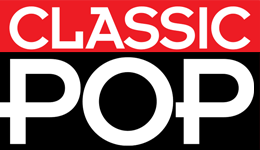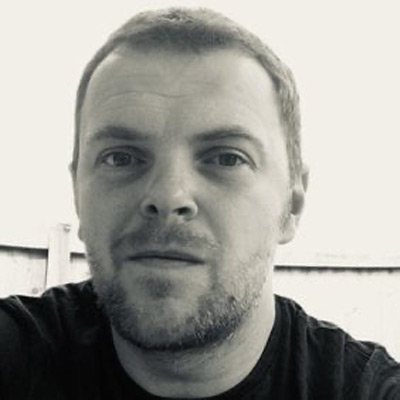An in-depth look at the band’s rich back catalogue that has influenced generations
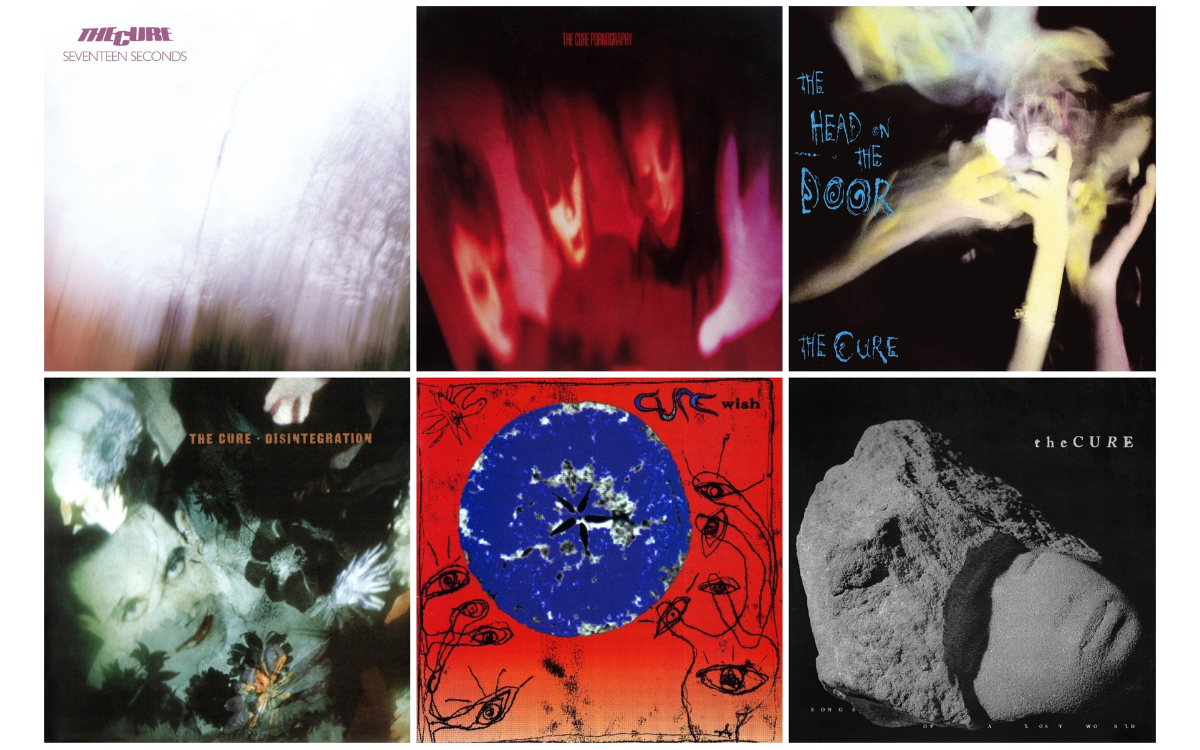
Fronted by the irrepressible Robert Smith, The Cure quickly outgrew the post-punk scene to forge their own distinctive wild-haired path on a string of classic albums that set the benchmark for gothic rock. Join us as we journey through the band’s back catalogue – a rich tapestry of gloom, romance, and alt-pop brilliance that has shaped generations.
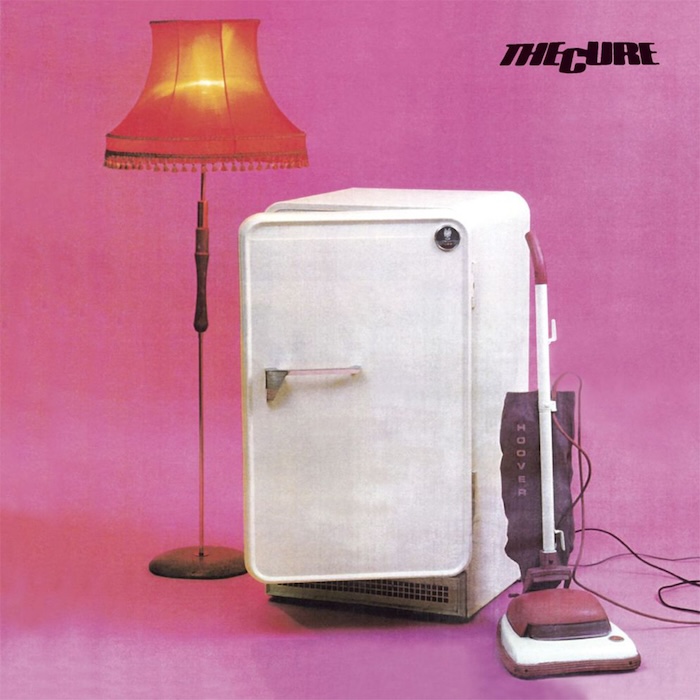
Three Imaginary Boys (1979)
First uniting at Crawley’s Notre Dame Middle School in 1973, the group’s frontman Robert Smith, guitarist Michael Dempsey and drummer Lol Tolhurst would go through multiple lineup changes, and names (Malice, Easy Cure), before settling on their more familiar moniker just in time for their signing to Polydor offshoot Fiction five years later.
Recorded after-hours at London’s Morgan Studios once The Jam’s session had finished for the day, debut LP Three Imaginary Boys arrived soon after. But this era was arguably defined by two standalone singles that sandwiched the album’s release. Referencing a line from Albert Camus’ 1942 novella The Stranger, the provocatively titled Killing An Arab inevitably thrust the band into the spotlight for all the wrong reasons, while the uncharacteristically perky indie-pop classic Boys Don’t Cry, remains for many the band’s signature tune.
Smith quickly distanced himself from Three Imaginary Boys, too, arguing that manager/producer Chris Parry demanded too much creative input (“A lot of it was very superficial. Even when we’d made it, I wanted to do something I thought had more substance to it,” he told Spin). Yet while the record pales in comparison with giant post-punk leaps from Joy Division, The Fall and Gang Of Four – all of which hit the shelves that same year – there’s plenty to admire about its primitive state.
Penned by a 16-year-old Smith while wallowing in misery at the kitchen table – hence the sound of a dripping tap – opening track 10:15 Saturday Night sets the tone for one side of the group’s entire career. So What must surely be the finest song to crib lyrics from a packet of sugar’s special offer (“Only £3.30/ Save £1.52 on recommended retail price”). And it’s easy to see why Grinding Halt – an energetic burst of herky-jerky power pop – has remained a live favourite.
But closer The Weedy Burton, a limp instrumental dedicated to guitar tutor Bert Weedon, and a pointless Dempsey-sung rendition of The Jimi Hendrix Experience’s Foxy Lady, still the only cover The Cure has committed to record, perhaps explains Smith’s disdain. “I had dreamed of making an album, and suddenly we were making it and my input was being disregarded,” he later told Rolling Stone. “I decided from that day on we would always pay for ourselves and therefore retain total control.”
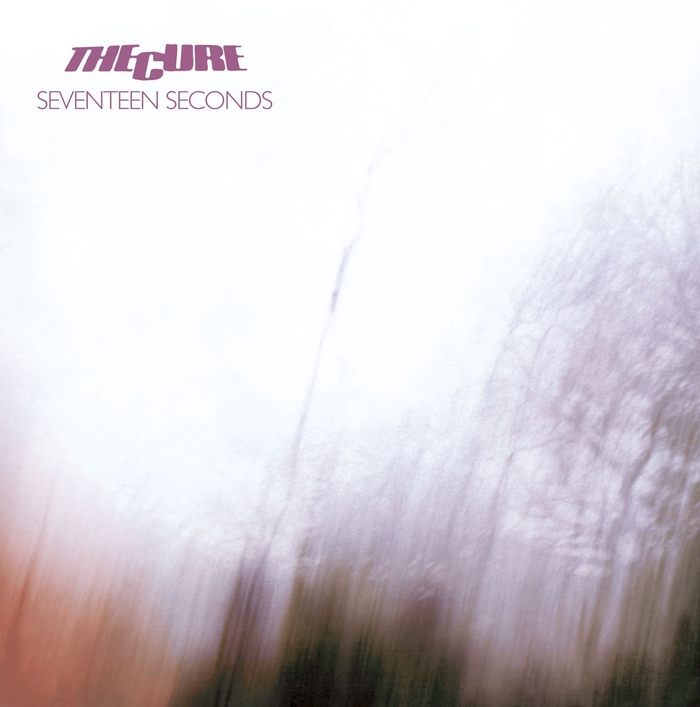
Seventeen Seconds (1980)
Inspired by their experiences opening for Siouxsie & The Banshees, Smith embraced the gothic for album number two, much to the ire of the more conventional guitar-band exponent Dempsey, who left to join The Associates.
Having recruited Simon Gallup and keyboardist Matthieu Hartley, both formerly of post-punk outfit The Magazine Spies, to help develop his vision, the newly-expanded quartet once again headed off to Morgan Studios. Only this time, they had just seven days and a paltry £3,000 to play with. That’s why haunted house instrumental The Final Sound lasts just 52 seconds (they simply ran out of tape). It may also explain why the rest of the album appears far more disciplined than its more freewheeling predecessor.
Indeed, joining the latter’s engineer Mike Hedges as co-producers, The Cure made their lack of resources work to their advantage, creating an array of resolutely gloomy yet constantly intriguing tunes which didn’t waste a note.
The minimalistic interplay of instrumental opener A Reflection is typical of the austere atmosphere ahead, with the likes of In Your House, At Night and the closing title track all pursuing a sense of bleakness which, as Hedges succinctly summarised in the album’s deluxe edition liner notes, had an entire disregard for “commercialism or potential popularity.”
In fact, only the beguiling indie pop of Play For Today offers a respite from the chilliness. Even the ‘romantic’ number M, inspired by Smith’s girlfriend Mary, is riddled with feelings of paranoia and anxiety (“But you’re trapped in the light/ All the directions were wrong/ You’ll fall in love with somebody else tonight”).
And although A Forest put them in the UK Top 40 for the first time, it’s a nerve-jangling affair based on a childhood existential nightmare. “It was probably the turning point when people started listening to the group and thinking we could achieve something, including me,” Smith said to the Chicago Tribune about one of the unlikeliest ‘hits’ of the decade. Of course, Seventeen Seconds resembled the Xanadu soundtrack compared to the unremitting misery that soon followed.
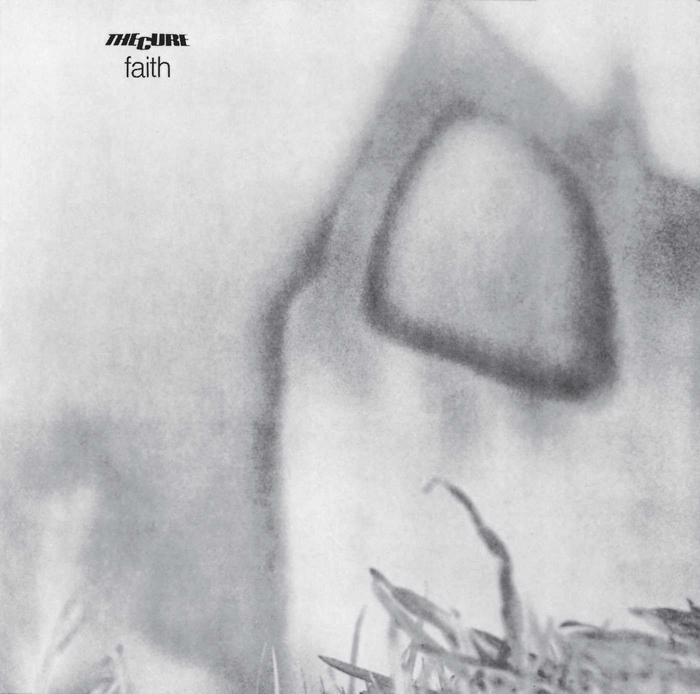
Faith (1981)
While Seventeen Seconds was done and dusted within a week, the recording of Faith was a more torturous process. In fact, The Cure tried out four studios before realising they were better off sticking to their old stomping ground.
Meanwhile, Hartley left over the age-old reason of creative differences. Unsurprisingly, the record is as oppressive as its fog-drenched sleeve would suggest.
Not that the newly reduced trio needed any behind-the-scenes problems to invoke a constant wave of anguish. The Funeral Party, every bit as mournful as you’d expect, was written about the deaths of Smith’s grandparents and while Lol Tolhurst’s mother was terminally ill – she died shortly after Faith’s release.
Then there’s The Drowning Man and All Cats Are Grey, both heavily influenced by Mervyn Peake’s dystopian fantasy series, Gormenghast. And while The Holy Hour was penned by Smith amid the pews of a church, it’s a searing indictment on the illusion of religious devotion.
There’s one concession to those who prefer The Cure in perkier mood: see the basslines and driving rhythms of Primary.
But Faith was largely interested in finding the majestic in the morose. Indeed, during the accompanying Picture Tour, Smith was left so consumed by its themes that he regularly left the stage in tears. However, their foreboding masterpiece was still yet to come.
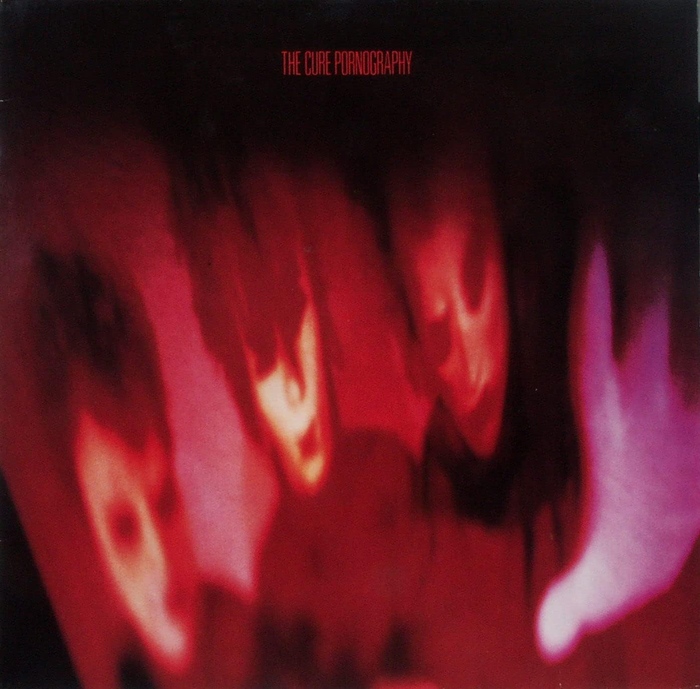
Pornography (1982)
After two collaborations with Hedges and a failed meeting with Kraftwerk regular Conny Plank, The Cure opted to give relative unknown (and their future bassist) Phil Thornalley a co-production role for their fourth album in as many years. Somehow, the man behind Natalie Imbruglia’s Torn, BBMak’s Back Here and countless other radio-friendly hits managed to make the group sound even more misanthropic than ever before.
“It doesn’t matter if we all die,” Smith opines on the opener One Hundred Years, an immediately clear sign of the mental exhaustion and suicidal tendencies he’d endured during Pornography’s recording; “I wanted to make the ultimate ‘fuck off’ record, and then sign off,” he later told biographer Jeff Apter about a period also beset by in-fighting and copious amounts of LSD, the latter seemingly referenced amid the walloping percussion of The Figurehead (“But the same image haunts me, in sequence, despair of time/ I will never be clean again”).
Smith’s nihilistic streak is also evident on the harrowing body horror of Siamese Twins (“Dancing in my pocket/ Worms eat my skin”) and the glacial gothic melodrama of Cold. Then there’s the closing title track, an impenetrable wall of noise, which combines Cabaret Voltaire-esque industrial with echoed snippets of a TV documentary about sex. No doubt much to Smith’s delight, it’s the most cacophonic The Cure has ever sounded.
There are moments when Pornography deviates from the sound that the NME famously described as “Phil Spector in Hell”. Although A Strange Day’s themes are steeped in the apocalyptic, Smith’s yearning melodies and flanged guitars at least provide a sense of stability before all the nuclear storms. The only song approaching single status, their second Top 40 hit The Hanging Garden, even hinted at the band’s poppier journey ahead, its thunderous rhythms and snake-like basslines recalling Smith’s beloved Banshees at their most potent.
The Cure’s future reinvention also gathered momentum on the promotional trail, too, with Smith adopting the wild bouffant, dark clothing and smudged make-up that would soon become his trademark. Pornography is by no means an easy listen, but it’s a record that The Cure undeniably needed to get out of their system.
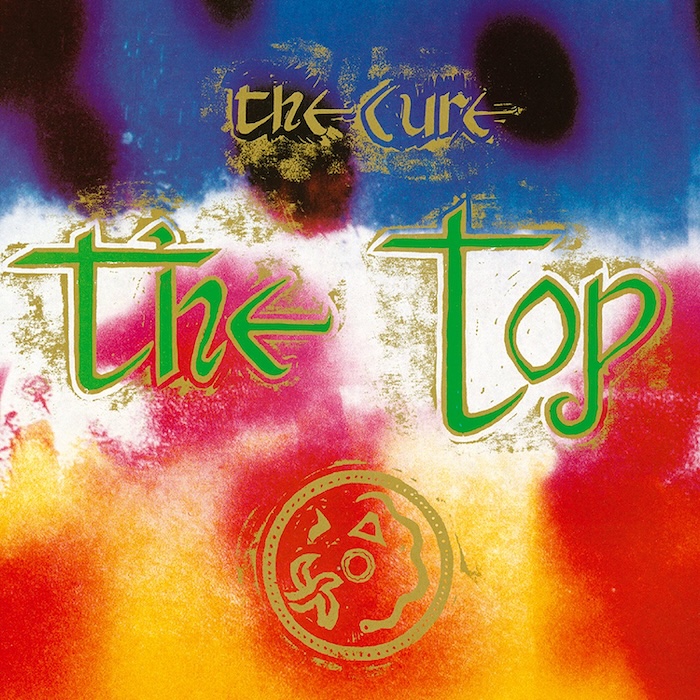
The Top (1984)
The two years in between The Cure’s fourth and fifth albums were possibly the most eventful of Smith’s career. Not only did he join Siouxsie & The Banshees as lead guitarist and record Hyæna, but he also put out a psychedelic album under the guise of The Glove, got into a bar fight resulting in Gallup’s departure, and added to his day job’s catalogue with compilation Japanese Whispers as well as a string of curious one-off singles, including debut Top 10 hit The Love Cats.
Smith also parlayed this hyperactivity into The Top, playing almost every instrument on 10 tracks which veered from spirited sophistipop (The Caterpillar) to senses-assaulting metal (Give Me It). “Follow me to where the real fun is,” he advises listeners on the caustic opener Shake Dog Shake, relishing his new role as musical maverick.
The Top doesn’t entirely subvert Smith’s glass-half-empty demeanour. Wailing Wall finds him embarking on a spiritual pilgrimage, which leads not to eternal salvation but crushing disillusionment. Meanwhile, Piggy In The Mirror is an admission of self-loathing inspired by Nicolas Roeg’s suicide drama, Bad Timing.
But with goth-rock favourite David M. Allen and manager Parry as the album’s co-producers, such pessimism is this time surrounded by bewitching, often unpredictable layers of sound far removed from the haunting minimalism of the band’s previous trilogy.
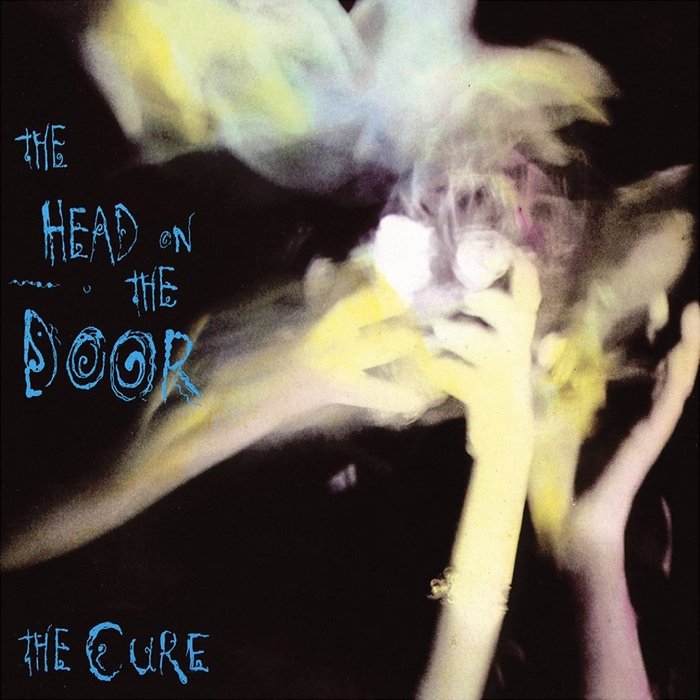
The Head On The Door (1985)
“It totally changed my idea of what The Cure could be,” Smith noted in the reissue liner notes of the album which invited Gallup and Thompson back into the fold as well as new drumming recruit Boris Williams. And the record had pretty much the same effect on the general public, too.
Indeed, where past efforts had been very much cult concerns, The Head On The Door aimed for the jugular, providing a brace of hook-laden hits that took up residency on both commercial radio and, thanks to their increasingly striking visual appeal, MTV. One-time indie bible Melody Maker even hailed it as the album of the year.
Self-described as a marrying of “slightly bitter words to really sweet tunes”, all of which were penned entirely by Smith, The Cure’s sixth album became their highest charting on both sides of the Atlantic at the time, no doubt buoyed by the double whammy of its two singles. Firstly, In Between Days channelled New Order’s low-slung basslines and driving guitars to hypnotic effect, and then the one-time doom merchants unexpectedly tiptoed onto the dancefloor with the jaunty Close To Me.
Elsewhere, Six Different Ways sees Smith recycle the piano hook from Banshees B-side Swimming Horses while at the same time appearing to take aim at Uncle Sam (“Six sides to every lie I say/ It’s that American voice again”). In contrast, the melodic rock of A Night Like This seemed purpose-built for college radio. Meanwhile, the dreamlike far eastern riffs of Kyoto Song and spirited combination of castanets and flamenco guitars on The Blood respectfully pulled from influences even further afield.
The deceptively sinister Push (“He gets inside to stare at her/ The seeping mouth, the mouth that knows”) and the self-hating tirade of Screw (“And the film on your eyes of the way I’ve become/ Makes me sick at the way that I try”) showed that Smith had not lost his ability to unsettle, making The Head On The Door that rare bid for the mainstream, which also avoids pandering to the masses.
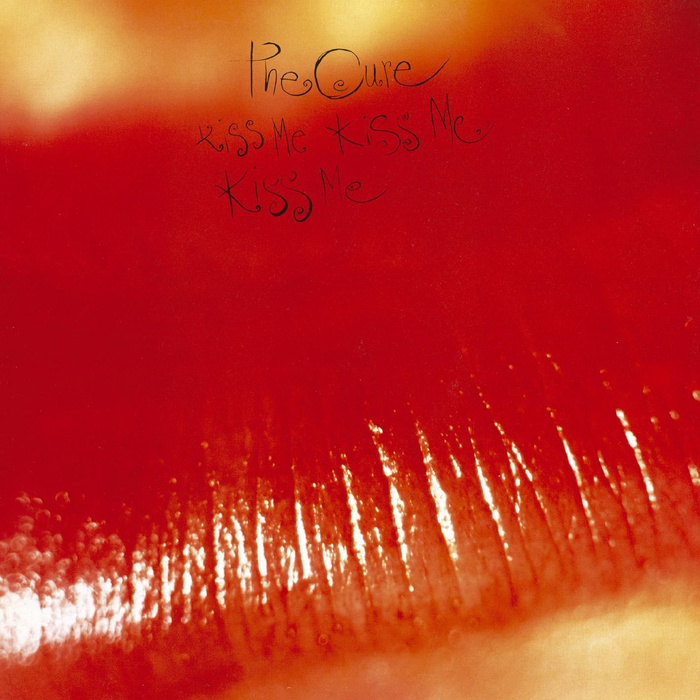
Kiss Me, Kiss Me, Kiss Me (1987)
After compilation Standing On A Beach reminded everyone of their appeal, The Cure came back from the studio with a double LP every bit as ambitious as Prince’s Sign O’ The Times. Remarkably, the sprightly funk of fourth single Hot Hot Hot!!! wouldn’t have sounded out of place on the Purple One’s 1987 opus. And that isn’t the only curveball – recorded during a ‘weird family holiday’ with regular cohort Allen in the picturesque French commune of Correns – which distances the band even further from their gloomy beginnings.
Why Can’t I Be You? envelops its dark tale of obsessive love with toe-tapping Motown beats. Hey You! and One More Time utilise two very un-Cure-like instruments, the sax and flute, respectively. And foreshadowing the upgrade to stadiums that would soon follow, the widescreen desert rock of Torture could easily have fitted onto U2’s commercial blockbuster, The Joshua Tree.
And then there’s the band’s debut US Top 40 hit Just Like Heaven, a gorgeously bittersweet blend of cascading guitars and wistful melodies, with lovelorn lyrics (“And found myself alone, alone/ Alone above a raging sea/ That stole the only girl I loved/ And drowned her deep inside of me”) inspired by a seaside trip Smith took with his wife. Smith hailed it as the best pop song he’s ever put his name to in an interview with Blender, and it’s hard to disagree.
Not that The Cure entirely abandoned their trademark air of despondency. Stunning album opener The Kiss, for example, dedicates its first four minutes to a squalling wall of guitars before a wailing Smith delivers twisted come-ons like “Your tongue is like poison/ So swollen it fills up my mouth.” While adding to their niche list of songs inspired by sweet, soluble carbohydrates, Icing Sugar is essentially a panic attack set to frenzied indie-rock.
But it’s the LP’s unpredictability, almost certainly inspired by Smith enabling the band to have creative input, that helps provide such a thrill ride. Indeed, despite the 18-track, 75-minute running time, Kiss Me, Kiss Me, Kiss Me is still unskippable from start to finish.
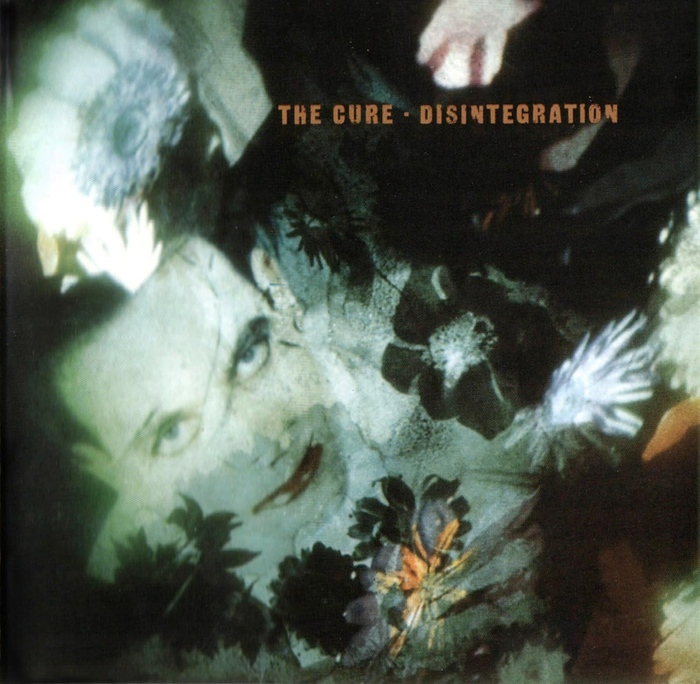
Disintegration (1989)
Disenchanted by the surprise success of Kiss Me… a deeply depressed and drug-induced Smith (“I would be monk-like and not talk to anyone” he later admitted to Rolling Stone) decided to go back-to-basics for album number eight. Ironically, Disintegration not only proved to be their masterpiece, but a three million-selling smash with a single that came within a whisker of topping the US Hot 100.
Indeed, penned as a wedding present to Smith’s future wife Mary, the uncharacteristically straightforward Lovesong was only denied the US top spot Stateside by Janet Jackson. Of course, the romantic paean (later covered on Adele’s 21) was something of an outlier on an LP which took the relentless misery of their early 80s doom-laden trilogy and cranked it to 11. “This music has been mixed to be played loud, so turn it up,” Smith implored in the liner notes.
Disintegration’s immersive nature is also evident in its running time – despite offering six tracks fewer, it’s only three minutes shorter than its predecessor. But from the slow-motion post-rock of opener Plainsong to the solitary accordion that brings finale Untitled to a close, Smith and Allen’s majestic production ensures it never outstays its welcome.
Despite Disintegration sharing the same pessimistic outlook as Pornography and Co – the title track finds Smith howling about a lover’s trickery and treachery, while Closedown is steeped in pure desperation – its sound is far more kaleidoscopic. You could stick the delightfully creepy Lullaby, the spiralling Fascination Streetor the ghostly shimmerings of The Same Deep Water As You on repeat and still uncover new musical nooks and crannies each listen.
Hailed as a bona fide classic by everyone from Pitchfork to South Park’s Kyle Broflovski, the prophetically titled record almost proved to be their downfall. Tolhurst was fired shortly after recording due to his battle with alcoholism, while Smith was so burned out by its accompanying tour that he nearly quit music altogether. Yet despite the torment, Disintegration remains the goth rock scene’s true beauty.
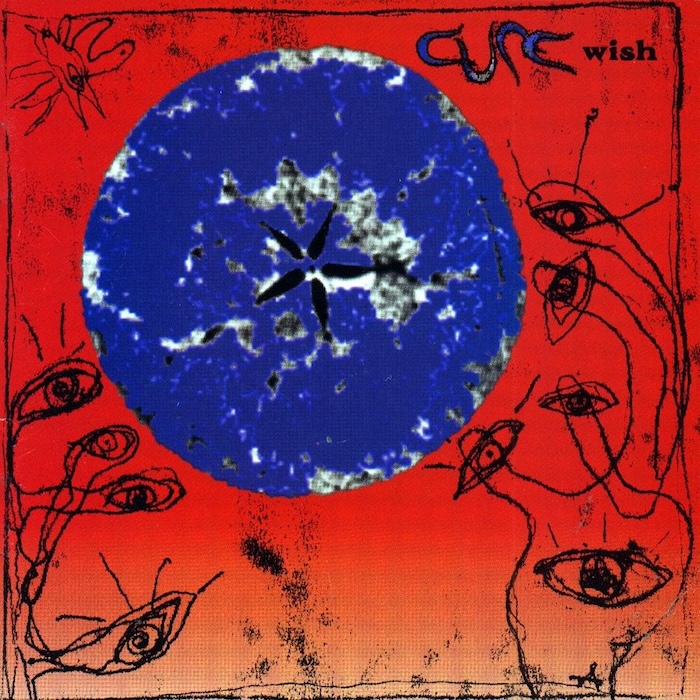
Wish (1992)
After a much-needed recharging of the batteries, Smith and the band returned unarguably brighter than ever before. Recorded at Richard Branson’s The Manor studios in the Oxfordshire countryside, Wish is that rare Cure album that doesn’t come equipped with tales of in-fighting, drug abuse or any other kind of torturous backstory.
Its genial inception is, of course, best reflected in Friday I’m In Love, a ‘throw your hands in the air’ jangle-pop anthem so joyously immediate that Smith was convinced he’d thieved its melody from elsewhere. But the lovestruck High (“The way you fur, the how you purr/ It makes me want to paw you all”) and orchestral grandeur of A Letter To Elise also point to a band – now with former roadie Perry Bamonte on guitar – unusually content with their lot. On the joyous Doing The Unstuck, a self-aware Smith even declares, “Let’s get happy!”
Interestingly, Smith had initially planned to release two radically different albums, the pop-oriented Higher and the instrumental-based Music For Dreams. Those who prefer The Cure in wordless mode were still catered for, however, by the wah-wah outro of Cut, immersive intro of From The Edge Of The Deep Green Sea and winding solo on Apart.
Meanwhile, the claustrophobic closer End continued The Cure’s tradition of saving their most despairing for last (“I think I’ve reached that point/ Where giving up and going on/ Are both the same dead end to me”). And there is little evidence of the album’s apparent key inspiration – Human League’s US chart-topper Humanwould you believe – on the folksy melancholy of Apart or haunting ballad To Wish Impossible Things.
Smith’s decision to streamline ultimately paid off. Having won the Best British Group award at the BRITs in 1991, Wish became The Cure’s first UK No.1 album at the ninth time of asking, and saw them gain some long overdue recognition at the Grammy Awards with a nod for Best Alternative Music Album. “This album actually sounds more like The Cure than anything we’ve ever done before,” Smith claimed to The Network Forty during a well-deserved victory lap.
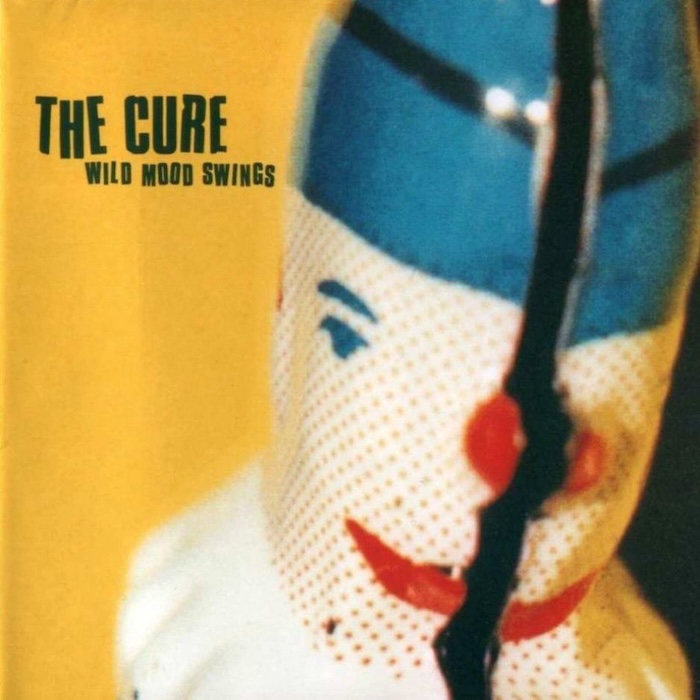
Wild Mood Swings (1996)
Lurching from chamber pop (This Is A Lie) and on to madcap mariachi (lead single The 13th) and oompah band funk (Gone!), The Cure’s 10th LP was described by Smith as the most fun he’s ever had in the studio. Sadly, most fans were left befuddled by these wild sonic swings, kickstarting a commercial downturn from which the band has only just recovered.
The band also threw a jazz quartet, Indian orchestra and Mexican trumpet troupe into all the organised chaos, but it wasn’t just musically where changes were afoot. Steve Lyon and Jason Cooper replaced the band’s regular producer Allen and drummer Williams respectively, while Thompson said his first goodbye. Little wonder, therefore, that Wild Mood Swings sounds like no other Cure album before or since.
Despite the divisive response, its everything-but-the-kitchen-sink approach often works wonders. Inspired by a night of New York debauchery during the USA World Cup (“I ride into your town on a big black Trojan horse/ I’m looking to have some fun”), Club America sounds like Bowie doing Madchester. While inspired by a Christina Rossetti poem, Treasure adds to their canon of achingly sad odes to loss. But at a time when the Britpop scene was shaping the musical landscape, it’s easy to see why a record that’s impossible to pigeonhole got the tumbleweed treatment.
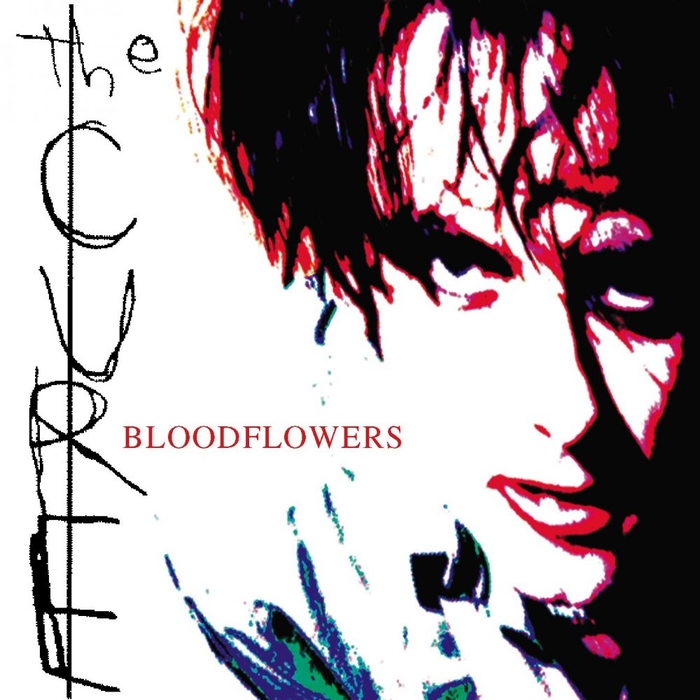
Bloodflowers (2000)
Disgruntled with how Polydor underpromoted 1997 retrospective Galore, Smith refused to release any singles from The Cure’s unashamedly despairing 11th album, ironically issued on Valentine’s Day.
Still, other than There Is No If…, a delightfully innocent love song that stems from the frontman’s teenage years, it’s unlikely that anything from Bloodflowers would have made the Top 40 regardless.
Indeed, the world-weary vocals on opener Out Of This World establish the mood for what’s essentially a midlife crisis soundtracked by a wave of anguished rock. None more so than on 39, where Smith grows increasingly dispirited at the prospect of his next birthday (“So the fire is almost out and there’s nothing left to burn”). But the meandering post-grunge of Watching Me Fall, which at 11 minutes remains the longest track in The Cure’s back catalogue, and Where The Birds Always Sing also serve as advertisements for abject malaise.
“I accept now that The Cure have a sound, and this album is the sound of The Cure,” Smith reasoned in interview with Uncut magazine, while also placing Bloodflowers in a trilogy with Pornography and Disintegration. That’s a lofty comparison which, on the whole, its admissions of defeat fail to justify as for the first time in their career, The Cure sounded like they were simply going through the motions.
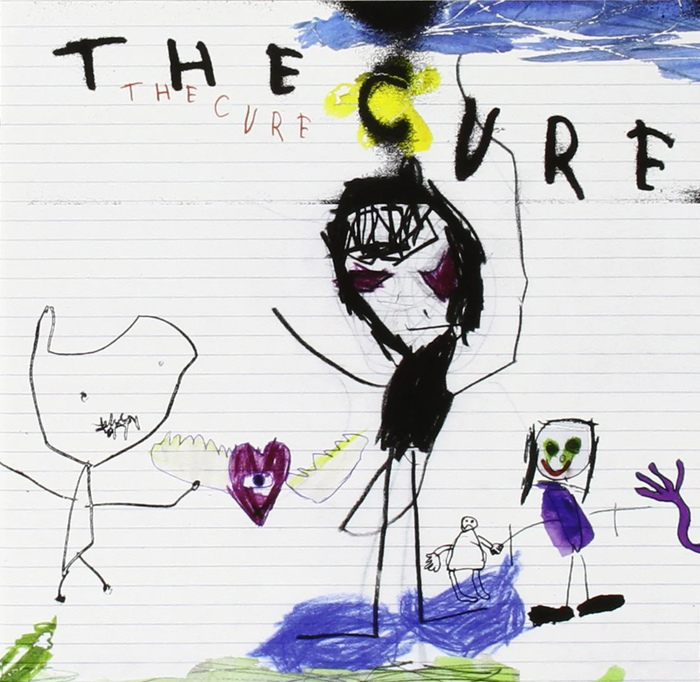
The Cure (2004)
In one of their most striking career moves, The Cure recruited super-producer Ross Robinson, the man renowned for his work with nu-metallers Slipknot, Korn and Limp Bizkit, for their debut release on his I Am record label. That explains why The Cure is drowned in sludgy guitar riffs, grooves that wouldn’t sound out of place at Woodstock ’99 and a general air of abrasiveness no doubt reflecting its challenging inception (Gallup, in particular, took umbrage with Robinson’s various unorthodox methods).
Smith matches all the post-millennial tension, practically howling on the grinding opener Lost and taking aim at the Bush administration on Us Or Them (“Blinded by fear and hate/ You live in knowledge of real truth? The biggest lie I heard”) in a rare political diatribe.
Of course, it’s ironic that the record named after The Cure also proved to be their least representative. But while it’s unlikely to be any Cure fan’s favourite album (in fact, Smith himself has named it as his least), The Cure is an admirable attempt to move outside their comfort zone.
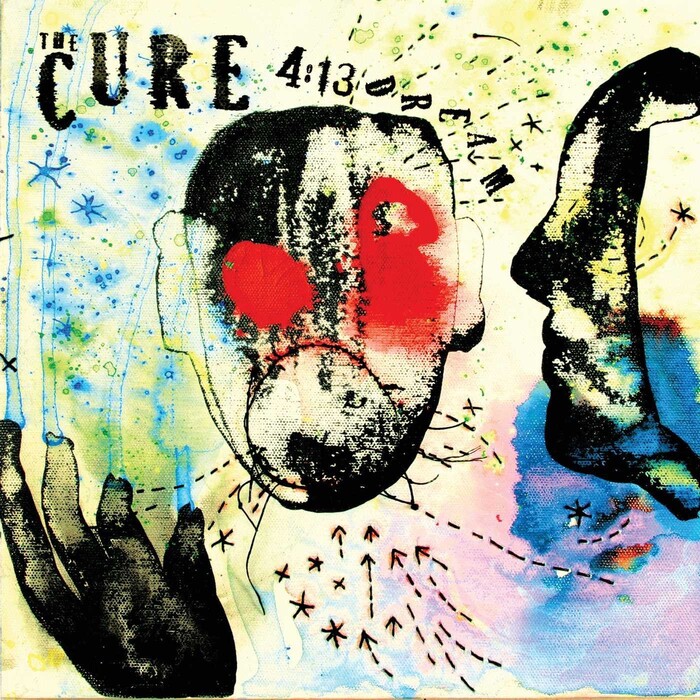
4:13 Dream (2008)
Also trimmed down from a planned double album, 4:13 Dream arrived at a time when The Cure were being lauded as the alternative scene’s elder statesman. Just a few months earlier, 30 Seconds To Mars and Fall Out Boy had doffed their caps on the band’s remix EP, Hypnagogic States, while the NME would present Smith with a Godlike Genius Award shortly after the album’s release.
Twice drawing upon material from The Head On The Door sessions, The Cure themselves appeared to lean into their glorious history. There are also echoes of Disintegration on the celestial opener Underneath The Stars and Pornography on the oppressive The Scream. Both The Perfect Boy and obvious lead single The Only One hark back to the bittersweet pop of their commercial heyday.
The country-tinged Sirensong and menacing psychedelic funk of Freakshow proved Smith still had several tricks up his sleeve. But Switch’s ode to self-doubt and the last line of closer It’s Over (“I can’t do this anymore”) implied he was unsure of their new place in the music scene. Little did fans know this crisis of confidence would last another 16 years.
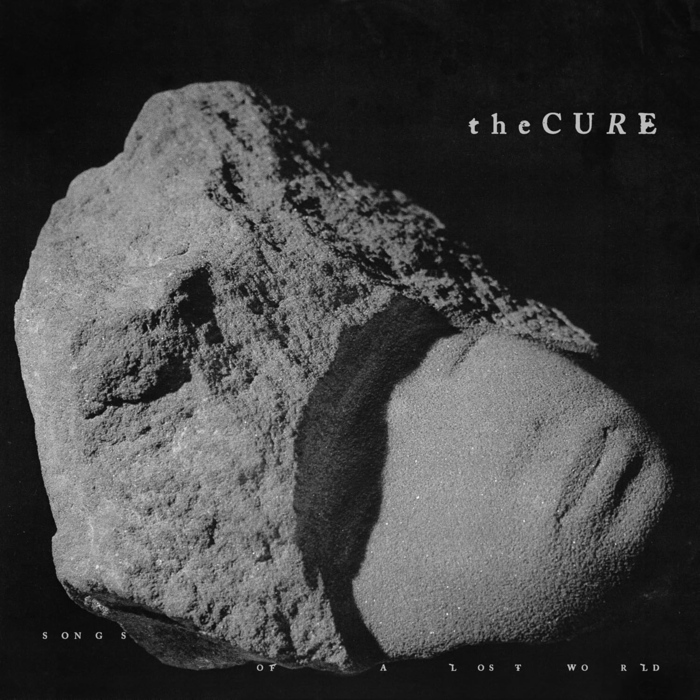
Songs Of A Lost World (2024)
Providing a rare bright spot in the week of the US presidential election, The Cure returned with arguably one of the finest comeback albums of the modern age. Songs Of A Lost World made no concessions to musical developments that had occurred during their lengthy absence. It also refused to serve up any radio-friendly singles, deviate from their gloomy lyrical template or hit the edit button (half of its eight tracks clock in over six minutes). However, it was exactly what most long-time fans had been clamouring for since 1992’s Wish.
With their new guitarist Reeves Gabrels and the returning Roger O’Donnell joining Gallup, Cooper and Smith in the studio, this umpteenth incarnation of The Cure would score only the second No.1 album of their career.
Having spent much of his time worrying about the concept of ageing, Songs Of A Lost World finds Smith, now in his mid-sixties, confronting mortality more fervently than ever before. And Nothing Is Forever apologises for the broken promise he made to a friend ahead of his deathbed. While I Can Never Say Goodbye, a heartbreaking lament to his late older brother Richard, is unlikely to leave a dry eye in the house.
“My weary dance with age/ And resignation moves me slow,” Smith sings on All I Ever Am, essentially encapsulating the record’s glacial pace. Indeed, only Drone:Nodrone, a feedback-drenched display of paranoia inspired by a real-life encounter with the titular vehicle, shifts things into second gear.
But alongside Bloodflowers co-producer Paul Corkett, Smith imbues each soundscape with sonic flourishes – the jagged guitars on space rock opener Alone, the tumbling percussion on the Apollo 11-inspired closer Endsong – to keep things fresh.
As with David Bowie’s Blackstar, this would be a fitting eulogy for an act that’s been part of the pop fabric for nearly half a century. But with a swift follow-up reportedly in the works, it’s hopefully just the start of an unexpected second wind.
For more on The Cure click here
Subscribe to Classic Pop magazine here
Classic Pop may earn commission from the links on this page, but we only feature products we think you will enjoy.
